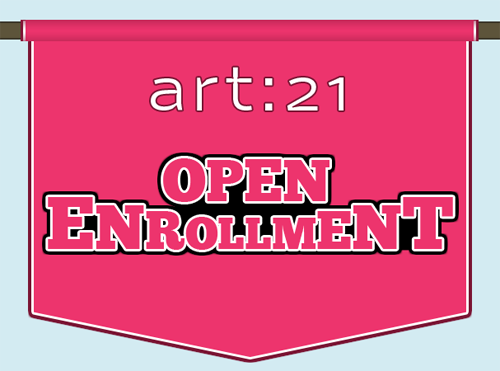November 2009, I was in the middle of a dark blue funk, something along the lines of a post-collegiate quarter-life crisis. Working a menial, low-paying job in museum retail and facing dwindling savings, I was forced to make certain deadlines regarding what I was doing in New York given paltry job prospects in the art professional world. Increasingly, it seemed like the smart decision to make was to leave New York and move back into my mother’s house in the Washington, DC suburbs. I’d apply to graduate school and jobs in the DC area and take it from there. I loved New York and the connections I had made through internships, as well as my friends and relatives there, but it was beginning to look like I had to cut my losses before totally going belly up. It tore me up to face my diminished returns, put my tail between my legs, and leave what was becoming my home.
Privy to this turmoil, one of my best friends surprised me with a copy of Letters to a Young Artist while at the NY Art Book Fair. The slim volume is composed of twenty-three letters of inspiration from established artists directed at some young person trying to make it in the New York art scene. The nature of the advice varies, but general themes of persistence, trust in oneself, and devotion to ones work arise over and over. I have never considered myself a practicing artist, but the advice was relevant to my commitment to supporting the arts in some professional realm. The book, among other things, encouraged a confidence boost, and I would stay in New York until I left for my art history master’s program in London the following September. In a concerted effort to travel light, or less heavy anyway, I brought almost no books with me to the UK. The one exception was my little green copy of Letters to a Young Artist.
The first term was harrowing for me as my confidence again lagged. I struggled with my reasons for attending grad school, often coming to the conclusion that I was only there because I hadn’t worked hard enough to obtain gainful employment with “room for growth,” the foundering economy notwithstanding. I went into grad school knowing the academy was not where I wanted to end up, believing another degree could serve to make me more professionally competitive in the world of museums and non-profits. The intellectual challenge was an added bonus, but that wasn’t why I was there, even though it felt like it should have been. The cognitive dissonance gnawed at me.
I flipped through Letters and felt lost. Concurrent to the themes of persistence were explorations of the purpose of art – but all from the perspectives of artists. Artists are artists because they must be, because they are sustained (emotionally, mentally, and occasionally financially) by the act of art’s creation. Where is Letters to a Young Art Historian? How does one sustain one’s passion for writing and talking about art and art theory? Many of the lessons in the letters could apply to many creative pursuits, and writing art criticism and theory is certainly a creative pursuit, but one with a different end in mind. My courses regularly toy with the purpose and functions of art, and the questions leave my mind spinning. The creation of art is often to serve the world – does art history only serve art?
I met with one of my professors one day ostensibly to discuss my topic for an upcoming paper, but in actuality, I wanted to suss out what he was doing there. Why teach and write about other people’s efforts, rather than make, or organize, or not lobby politicians? Does the old, insulting maxim apply: those who can, do; those who can’t, do art history?
His answer to “why teach?” was so pure – he harbors a deep investment in the kinds of conversations that are possible in the classroom and so few other settings. In his art and globalization class, his passion for the politics behind many of the contemporary artists and theory we study are resoundingly clear. Whether or not art has always had this purpose, for my professor, art is a political tool, and his role as art historian is to understand and illuminate the functions and methodologies of that tool. The better we understand how a tool works, the better we can implement it.
Broadening access to understanding and interpreting art – and to me, it’s all towards political ends, directly or indirectly – has long been a driving force behind my desire to work in the art world. Working in the academy, as a person who lives to write, publish, and teach, and vice versa, may take a particular kind of energy and ways of thinking that I can’t currently imagine sustaining long term. A possible Letters to a Young Art Historian could speak to cultivating that mindset. However, increasingly in my courses, I’m finding that the questions about art and art historical methodologies function not only to fine tune our understanding of art, but also art history. I’m constantly struck with the idea of working towards a “more perfect” art history, one that complements art and audiences more thoroughly and practically and politically. I’m reminded to look at the questioning of art history itself as part of the point — part of the purpose, part of the creation of art itself.






Pingback: Tweets that mention Open Enrollment: Letters to a Young Art Historian? | Art21 Blog -- Topsy.com
Pingback: Open Enrollment | My Year in Books | Art21 Blog